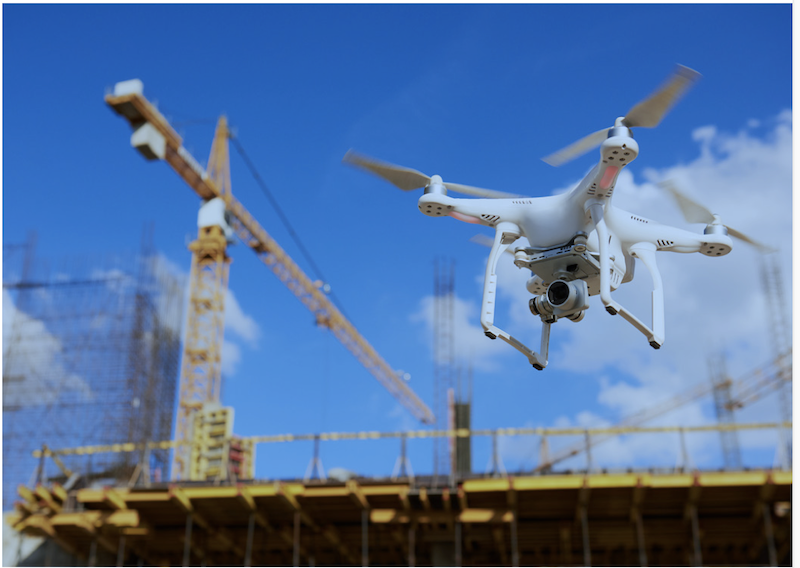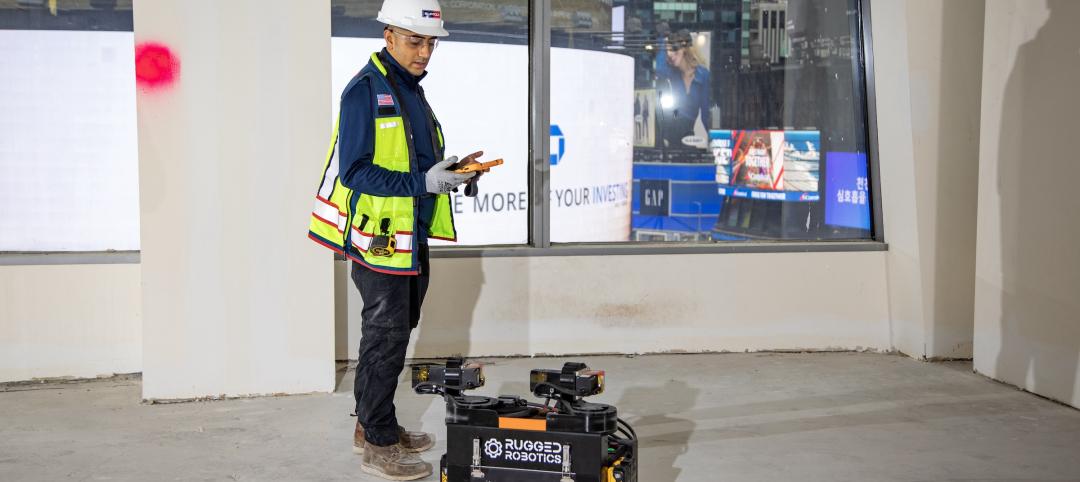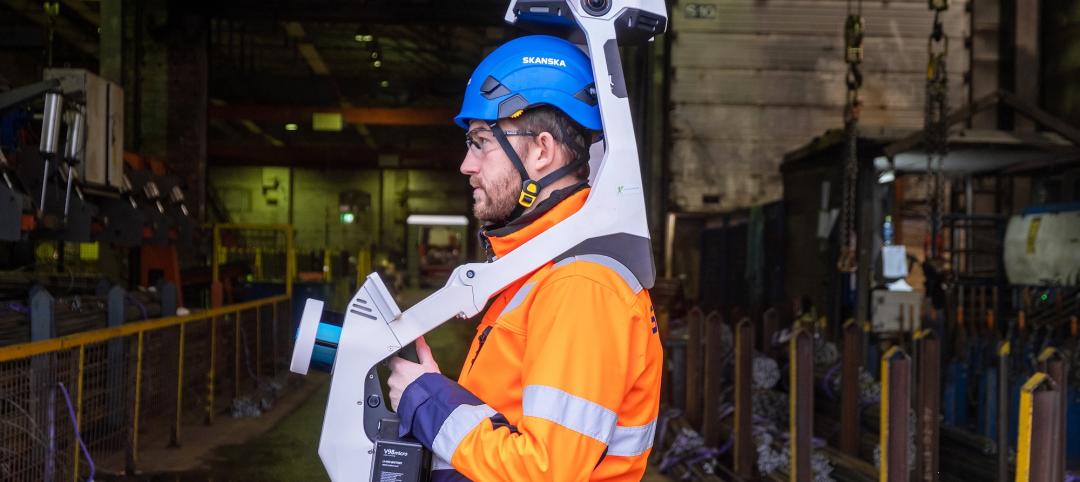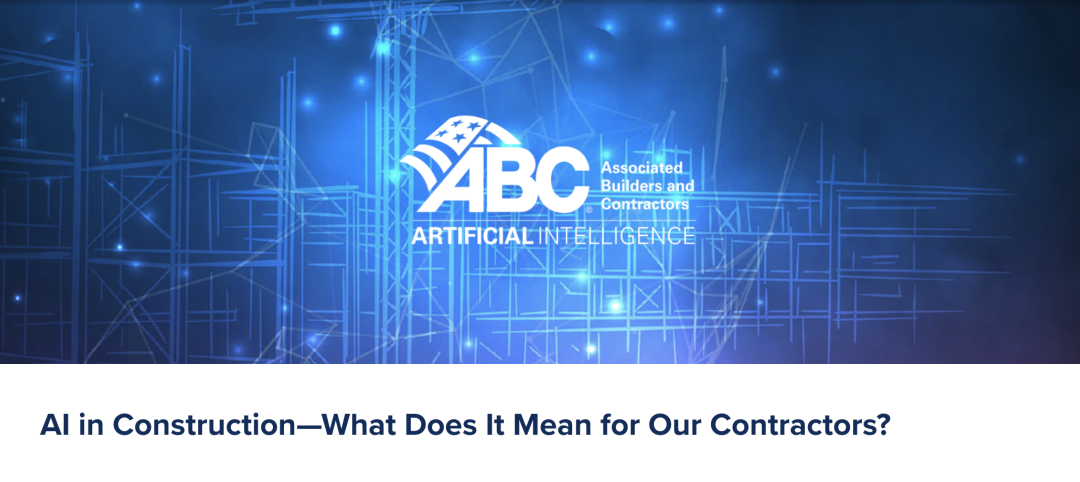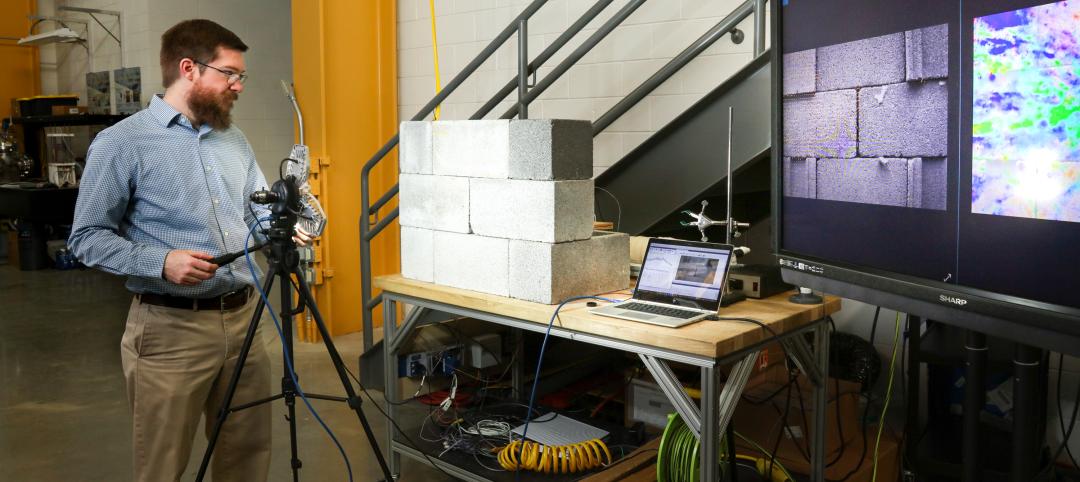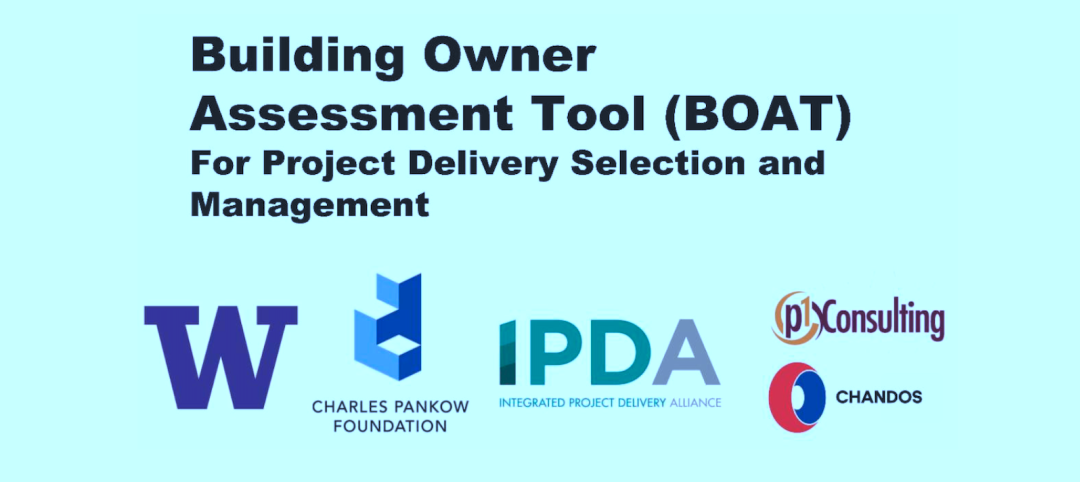Opportunities abound in 2020 for U.S. engineering and construction firms that can find ways to capitalize on trends and technologies that improve jobsite operations and keep costs under control.
That’s the assessment of a new report from Deloitte’s Research Center for Energy and Industrials, titled “2020 Engineering and Construction Industry Outlook.”
While EC firm revenues are steadily rising, their bottom lines remain under sustained cost pressures, ongoing labor shortages that affect productivity, and trends toward fixed-bid projects that demand a level of pricing and operations precision that is difficult to obtain with traditional systems.
A more fervent embrace of digital technologies could help to alleviate some of these issues. “E&C firms have opportunities to play central roles,” the report states. “Building a solid digital roadmap can help with operational challenges while also delivering competitive advantage for the early adopters.
The report identifies four exploitable areas that are likely to impact EC firms’ fortunes this year.
•Market disruptions:
The EC industry is historically a low-margin business, and several factors—Asian competition, project complexity, supply-chain constraints—are pressing U.S. companies’ profitability. “These constraints make it important for contractors to be proactive in managing processes and operations that contribute to margins and profitability, adding efficiencies and optimization where possible,” the report states. Partnerships that enable expansion and scale can help.
The report sees a potential boost to profitability in trends toward modularization and prefabrication that reduce labor costs, improve quality and safety, and shorten project schedules.
The same would be true of smarter project management that adopts emerging digital technologies, such as those that eliminate the need for manual data entry, and provide data required to access project status. “Digitally optimized operations can provide actionable data that can put projects back on track quickly. And, having state-of-the-art cost budgeting and scheduling tools and technologies is becoming a competitive advantage.”
•Digital:
Inherently disruptive technologies are providing the efficiency, productivity, and safety breakthroughs the industry has sought for decades. The report singles out robots, jobsite automation, and the rise of artificial intelligence that are making their mark on construction. “The connectedness that digital technologies enable can also enhance ecosystem relationships, as firms can more easily collaborate and work together on projects,” the report states.
Digital technologies are also forcing EC firms to rethink who does what and how and where it gets done. These technologies often require workers with new skill sets, and can be tricky in terms of managing humans, robots, and sensors within the same environment from such standpoints as work scope and privacy.
•Infrastructure projects:
If, in fact, the U.S. federal government makes good on its intention to spend $2 trillion on infrastructure improvements over the next decade, such investment would invariably drive revenue and job creation in the EC arena. Private funding is also expected to be needed. “2020 could bring an opportunity for U.S. firms to emulate their global counterparts who have been successful funding major infrastructure projects over a build-operate-transfer model,” the report predicts.
Additionally, agencies, with the help of contractors, will likely spend money on repair and maintenance instead of upgrades and replacements. EC companies that are positioned for infrastructure projects can focus on choosing the right partnership model for delivery and funding. They can also take a life-cycle approach to project delivery.
•Smart cities:
Sixty-eight percent of the world’s population will live in urban areas by 2050, compared to 55% today. To manage this migration, urban planners are seeking smart solutions that, according to the Deloitte report, have focused on environmental sustainability and digital enablement to improve the quality of urban life.
Smart technologies are providing some solutions. For example, “the rise of intelligent buildings that can self-optimize their operations and all-encompassing building management systems to better serve their inhabitants over time is a rising trend powered by AI,” the report observes.
Data produced from digitally enabled assets could be used to assess trends and inform future building designs. Technology is already impacting water and energy consumption, and is being used to optimize traffic in all aspects of city living, from public transportation to the utility of parks and other public spaces.
EC firms will need to bring digital skills to the smart-city planning table, which they must either cultivate internally or add through partnerships or acquisitions. That means investing in those technologies that are most strategic in demonstrating proficiencies related to smart cities.
Related Stories
AEC Tech | Mar 9, 2024
9 steps for implementing digital transformation in your AEC business
Regardless of a businesses size and type, digital solutions like workflow automation software, AI-based analytics, and integrations can significantly enhance efficiency, productivity, and competitiveness.
AEC Tech | Feb 28, 2024
How to harness LIDAR and BIM technology for precise building data, equipment needs
By following the Scan to Point Cloud + Point Cloud to BIM process, organizations can leverage the power of LIDAR and BIM technology at the same time. This optimizes the documentation of existing building conditions, functions, and equipment needs as a current condition and as a starting point for future physical plant expansion projects.
AEC Innovators | Feb 28, 2024
How Suffolk Construction identifies ConTech and PropTech startups for investment, adoption
Contractor giant Suffolk Construction has invested in 27 ConTech and PropTech companies since 2019 through its Suffolk Technologies venture capital firm. Parker Mundt, Suffolk Technologies’ Vice President–Platforms, recently spoke with Building Design+Construction about his company’s investment strategy.
AEC Tech | Feb 20, 2024
AI for construction: What kind of tool can artificial intelligence become for AEC teams?
Avoiding the hype and gathering good data are half the battle toward making artificial intelligence tools useful for performing design, operational, and jobsite tasks.
AEC Tech | Feb 20, 2024
ABC releases technology guide for AI in construction
Associated Builders and Contractors has released an artificial intelligence (AI) technology guide for the U.S. construction industry. AI in Construction — What Does It Mean for Our Contractors? outlines definitions, construction use cases, and considerations for the implementation of AI in construction.
AEC Tech | Jan 24, 2024
4 ways AEC firms can benefit from digital transformation
While going digital might seem like a playground solely for industry giants, the truth is that any company can benefit from the power of technology.
Modular Building | Jan 19, 2024
Building with shipping containers not as eco-friendly as it seems
With millions of shipping containers lying empty at ports around the world, it may seem like repurposing them to construct buildings would be a clear environmental winner. The reality of building with shipping containers is complicated, though, and in many cases isn’t a net-positive for the environment, critics charge, according to a report by NPR's Chloe Veltman.
AEC Tech | Jan 8, 2024
What's driving the surge of digital transformation in AEC today?
For centuries, the AEC industry has clung to traditional methods and legacy processes—seated patterns that have bred resistance to change. This has made the adoption of new technologies a slow and hesitant process.
Sustainability | Nov 1, 2023
Researchers create building air leakage detection system using a camera in real time
Researchers at the U.S. Department of Energy’s Oak Ridge National Laboratory have developed a system that uses a camera to detect air leakage from buildings in real time.
Building Owners | Aug 23, 2023
Charles Pankow Foundation releases free project delivery selection tool for building owners, developers, and project teams
Building owners and project teams can use the new Building Owner Assessment Tool (BOAT) to better understand how an owner's decision-making profile impacts outcomes for different project delivery methods.


